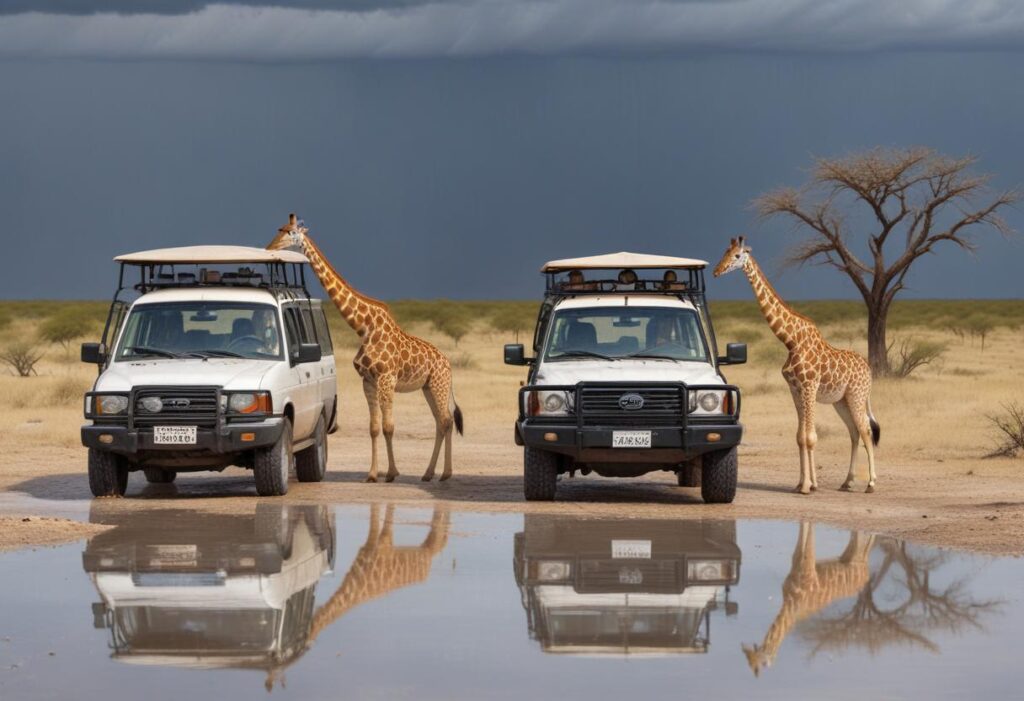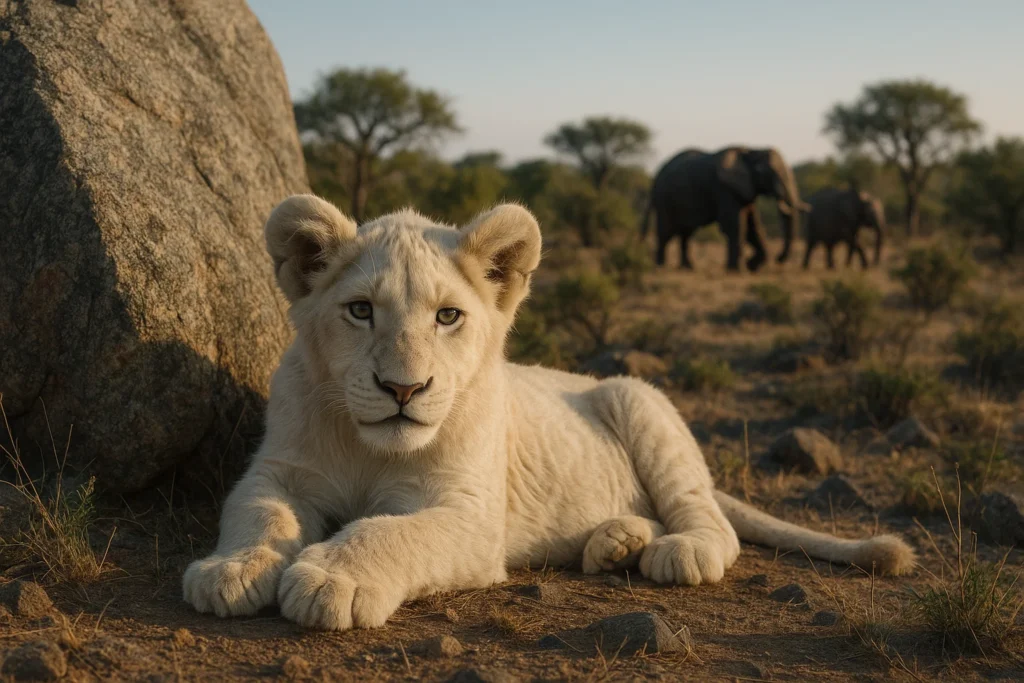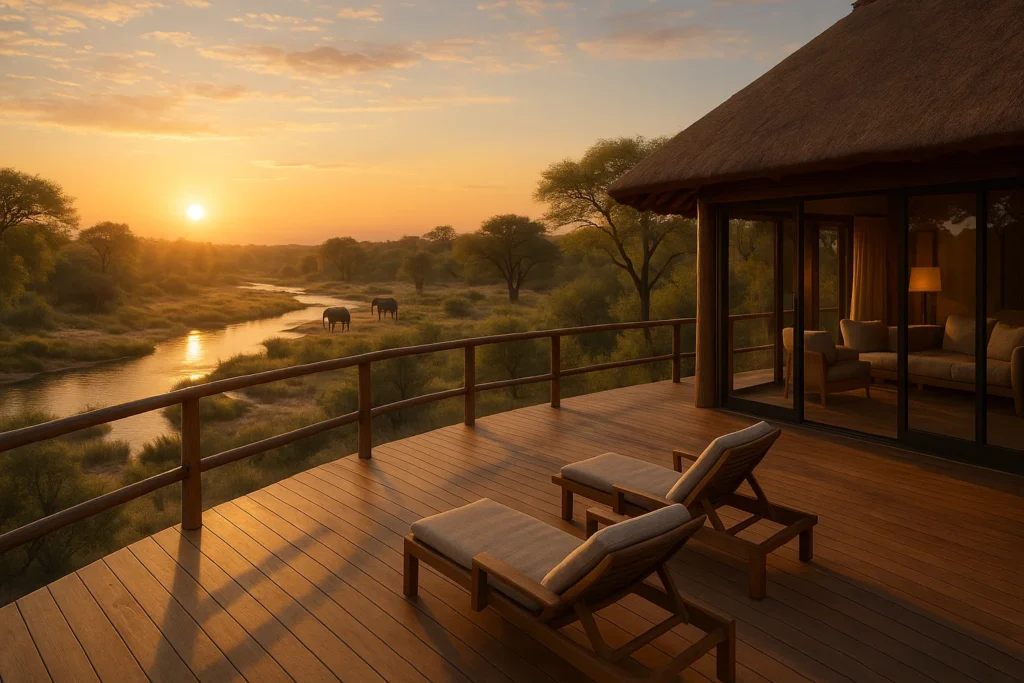Etosha National Park is one of the few places in Africa where you can enjoy a true safari experience from the driver’s seat. For adventurous travelers, self-driving here offers flexibility, intimacy with nature, and budget-friendly independence. But it also comes with responsibility and planning. Here’s a complete look at the pros and cons of a self-drive safari in Etosha, along with practical tips and safety advice.
What makes Etosha ideal for self-driving?
Namibia is known for its well-maintained road network, low population density, and safety. Etosha in particular is designed to accommodate self-drivers:
- Clear signage and marked roads throughout the park
- Reliable maps and route planning options
- Well-equipped camps with fuel, food, and accommodations
- Wildlife congregates around accessible waterholes, simplifying sightings
You don’t need a guide or ranger to spot big game—just a good set of eyes and a sense of timing.
Pros and cons: Self-drive vs. Guided safari
Self-drive: Pros
- Freedom and flexibility: Go at your own pace, linger at waterholes, or make impromptu detours.
- Cost-effective: Especially for couples or families. No guide or group tour fees.
- Privacy: Experience wildlife without sharing a vehicle or schedule.
- Adventure factor: The thrill of finding your own lion sighting is hard to beat.
Self-drive: Cons
- No expert guidance: You’re on your own for navigation, animal spotting, and behavior interpretation.
- No off-road driving: All driving is restricted to marked roads.
- Park rules enforcement: You must manage time carefully—gates open at sunrise and close at sunset.
- Mechanical issues: While rare, breakdowns in remote areas can be tricky.
Guided safari: Pros
- Expert trackers and naturalists enhance the experience.
- Better spotting chances, especially for elusive animals like leopards.
- No driving stress, ideal for first-time visitors or those unfamiliar with gravel roads.
Guided safari: Cons
- Higher cost, especially for private tours.
- Fixed schedule and shared vehicle unless booked privately.
What Driving in Etosha Is Really Like
Roads & signage
- All main roads are well-graded gravel (C-roads). During the dry season, they’re easily navigable with a standard 2WD.
- Speed limit is 60 km/h, but most drive slower to scan for wildlife.
- Directional signs are present at most junctions, but it’s smart to carry a park map or GPS app like Maps.me.
Fuel & supplies
- Fuel is available at Okaukuejo, Halali, and Namutoni camps.
- Each camp also has a small shop with basics: snacks, water, firewood, and more.
- Stock up on fuel and food before entering the park—especially if exploring western or remote areas.
Daily routine
- The park opens at sunrise and closes at sunset. Overnight driving is prohibited.
- Plan your drives between these hours. Mornings and late afternoons offer the best wildlife activity.
Safety tips for self-driving in Etosha
- Stay in your vehicle at all times unless you’re at designated camp areas or viewpoints.
- Keep a safe distance from animals. Never try to get closer for photos.
- Don’t rush. Drive slowly, not just for sightings but to avoid tire punctures from sharp rocks.
- Respect park hours. If you’re late getting to your camp, you risk a fine or being locked out.
- Carry extra water, especially if visiting during the hot months (September to November).
- Bring binoculars and a wildlife guidebook for a more enriching experience.
Best routes for first-time drivers
Classic Route (3 days):
- Day 1: Enter from Andersson’s Gate, stay at Okaukuejo
- Day 2: Explore Halali area, overnight at Halali
- Day 3: Drive east to Namutoni, exit via Von Lindequist Gate
This route gives you exposure to Etosha’s key habitats, waterholes, and camps—without overwhelming driving distances.
Conclusion
A self-drive safari in Etosha is a rewarding and accessible way to experience Namibia’s wildlife. With the right preparation, it offers unforgettable freedom, immersion, and a sense of discovery. Whether you’re chasing lion tracks or enjoying a quiet moment at a waterhole, the journey is yours to create.
FAQs
No. A standard 2WD is fine during the dry season. In the rainy season, a 4×4 is recommended.
Absolutely—especially during high season (June–October). Camps fill quickly.
Most rentals are round-trip, but some companies allow one-way drop-offs for an extra fee.
Yes, but they’re basic. It’s wise to bring a printed map or offline navigation app.






